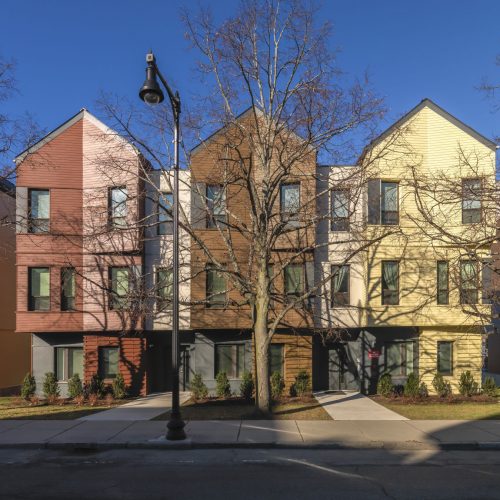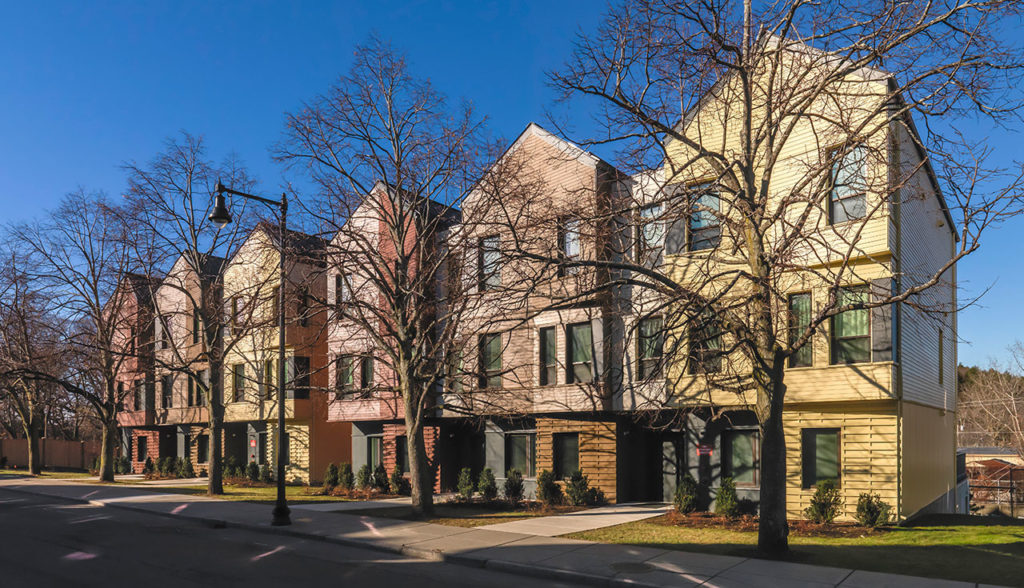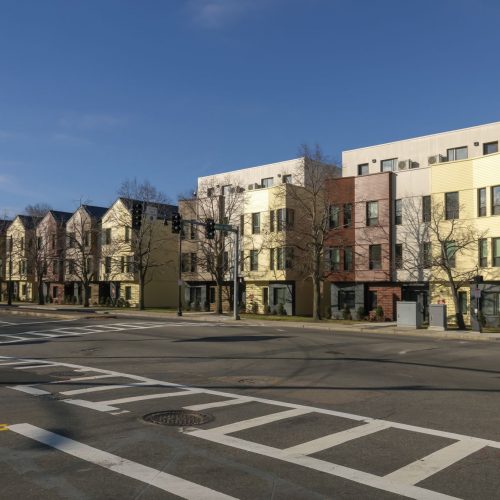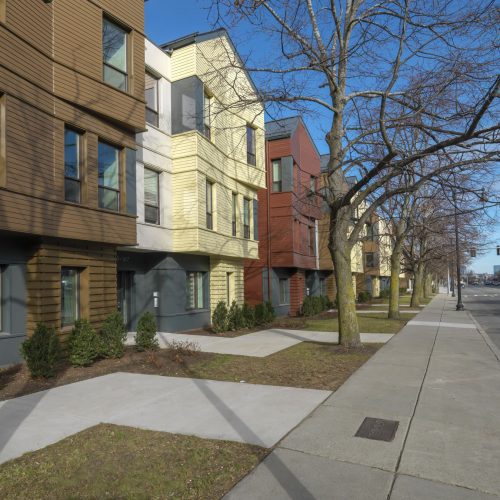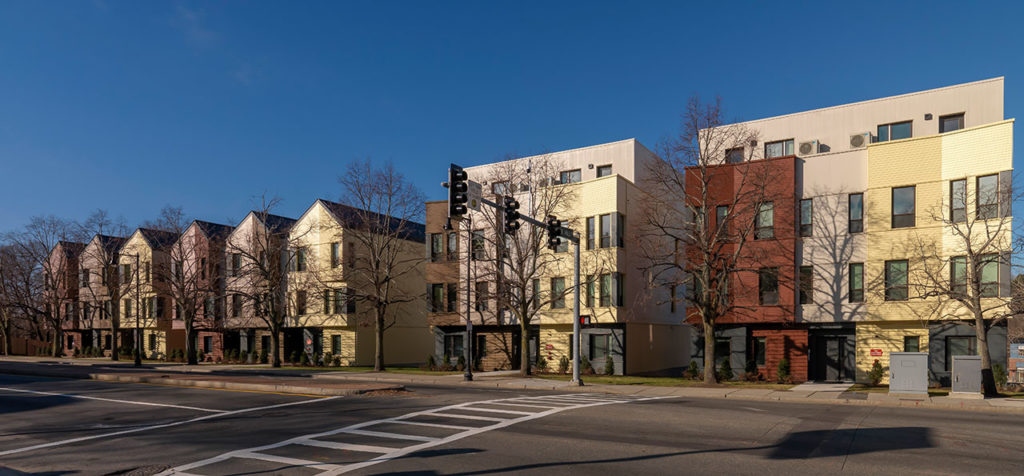stick n move
Superstar
- Joined
- Oct 14, 2009
- Messages
- 12,143
- Reaction score
- 19,062
I do kind of agree that Boston is actually overrated as far as street life. I constantly hear how walkable it is and how it has such a major stock of brownstones/townhouses and I always think this is such a tourist perspective. People who think this clearly only stayed in the back bay newbury/boylston area and never ventured out to Dorchester Roxbury etc.
Dorchester is the largest neighborhood in Boston so its actually a much bigger representative of how avg Bostonians live than these touristy areas. Millions of crappy triple deckers is what my Boston experience is, wayyyy more than quaint brick townhouses. I wish the grid and architecture of the south end had carried on throughout the outer neighborhoods but they just didnt. The majority of Boston is actually separate non connected wood buildings on a suburban layout in what is a pretty poor urban experience.
Dorchester is the largest neighborhood in Boston so its actually a much bigger representative of how avg Bostonians live than these touristy areas. Millions of crappy triple deckers is what my Boston experience is, wayyyy more than quaint brick townhouses. I wish the grid and architecture of the south end had carried on throughout the outer neighborhoods but they just didnt. The majority of Boston is actually separate non connected wood buildings on a suburban layout in what is a pretty poor urban experience.

